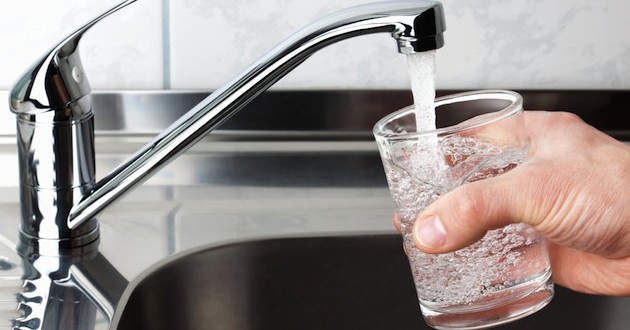Unhealthy levels of Uranium are seeping into the drinking water of major farming regions in parts of the United States.
The water in many Western regions of the United States, including California’s San Joaquin Valley, has been contaminated by uranium.
Apparently, uranium contamination stems apparently from natural reserves, but the problem is accentuated by the over-exploitation of water resources for farming.
According to an an AP report, Intensive irrigation leads to uranium contamination, that is, the same material used for generating nuclear power and atomic bombs, but not in its enriched form.
In California and the Rockies, mountain snow-melt washes uranium-laden sediment to the flat lands, where groundwater is used to irrigate crops. Irrigation allows year-round farming, but pumping pulls the contaminated water down into the earth, where it is tapped by wells that supply drinking water. More and more water is irrigated, as California is experiencing its driest four-year span on record, pulling ever more uranium into aquifers.
This is especially dangerous in regions such as California, not only because many people drink from their own wells – increasing their exposure over time – but also because uranium enters the food chain via agriculture. This may result in cancer, kidney and genetic damage.
According to the US Geological Survey at least 10 water systems, 250 square miles, and two million people are affected by high levels of uranium-contaminated water. That is in levels far greater than what is considered “safe.” Schools, restaurants and cafeterias, are struggling to provide safe to drink water, with prices for uranium cleansing gear costing $65,000 to millions of dollars. Some schools simply pay thousands of dollars in bottled water. Another solution is mixing contaminated with uncontaminated water to dilute the concentration of uranium.
Without treatment, water tests up to four times more contaminated than state and federal limits allow. Addressing the challenge is not always easy, especially in low income regions where people cannot afford drinking bottled water. Moreover, farmers growing crops that absorb uranium, such as grapes, blueberries, potatoes, radishes, and other root vegetables, are not always aware of the problem. And if they did, it is not always certain they could afford to address the challenge.
Agencies/Canadajournal
 Canada Journal – News of the World Articles and videos to bring you the biggest Canadian news stories from across the country every day
Canada Journal – News of the World Articles and videos to bring you the biggest Canadian news stories from across the country every day



